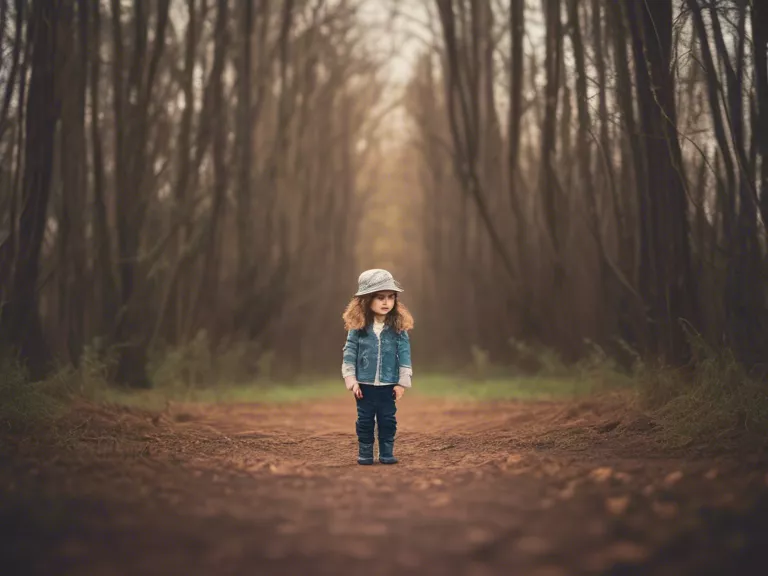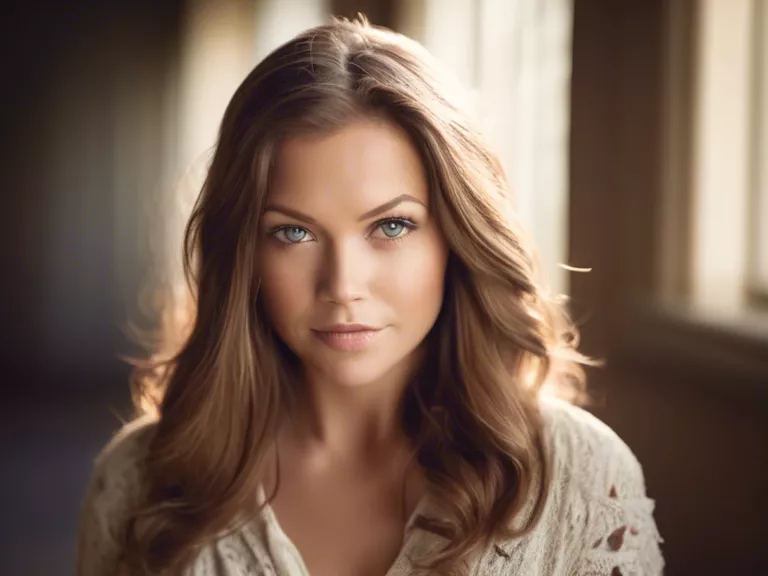
Mastering the Rule of Thirds in Photography for Beginners
If you are just starting out in photography, one of the first concepts you will come across is the Rule of Thirds. This simple yet powerful rule can drastically improve the composition of your photos and make them more visually appealing. In this article, we will explore what the Rule of Thirds is, how to apply it in your photography, and some tips for mastering it as a beginner.
The Rule of Thirds is a basic principle in photography that involves dividing your frame into nine equal parts using two horizontal and two vertical lines. The key elements of your composition should align with these lines or their intersections, creating a more dynamic and balanced image. By placing your subject off-center, you can create a sense of movement and depth in your photos.
To apply the Rule of Thirds, imagine a tic-tac-toe grid on your camera's viewfinder or screen. Instead of placing your subject right in the center of the frame, try positioning them along one of the vertical or horizontal lines. This will draw the viewer's eye into the photo and create a more engaging composition. Remember that the Rule of Thirds is just a guideline, and there are no strict rules in photography, so feel free to experiment and see what works best for your images.
Here are some tips to help you master the Rule of Thirds as a beginner: 1. Start by practicing with the grid overlay on your camera or smartphone to get a feel for composition. 2. Pay attention to the lines and intersections when framing your shot to create a more balanced composition. 3. Experiment with different subjects and placements to see how the Rule of Thirds can impact your photos. 4. Study famous photographers' work to see how they use the Rule of Thirds in their compositions. 5. Don't be afraid to break the rule occasionally to create more unique and creative photographs.
By mastering the Rule of Thirds, you can take your photography to the next level and create more visually appealing and engaging images. Practice regularly and experiment with different compositions to find what works best for your style. Happy shooting!



